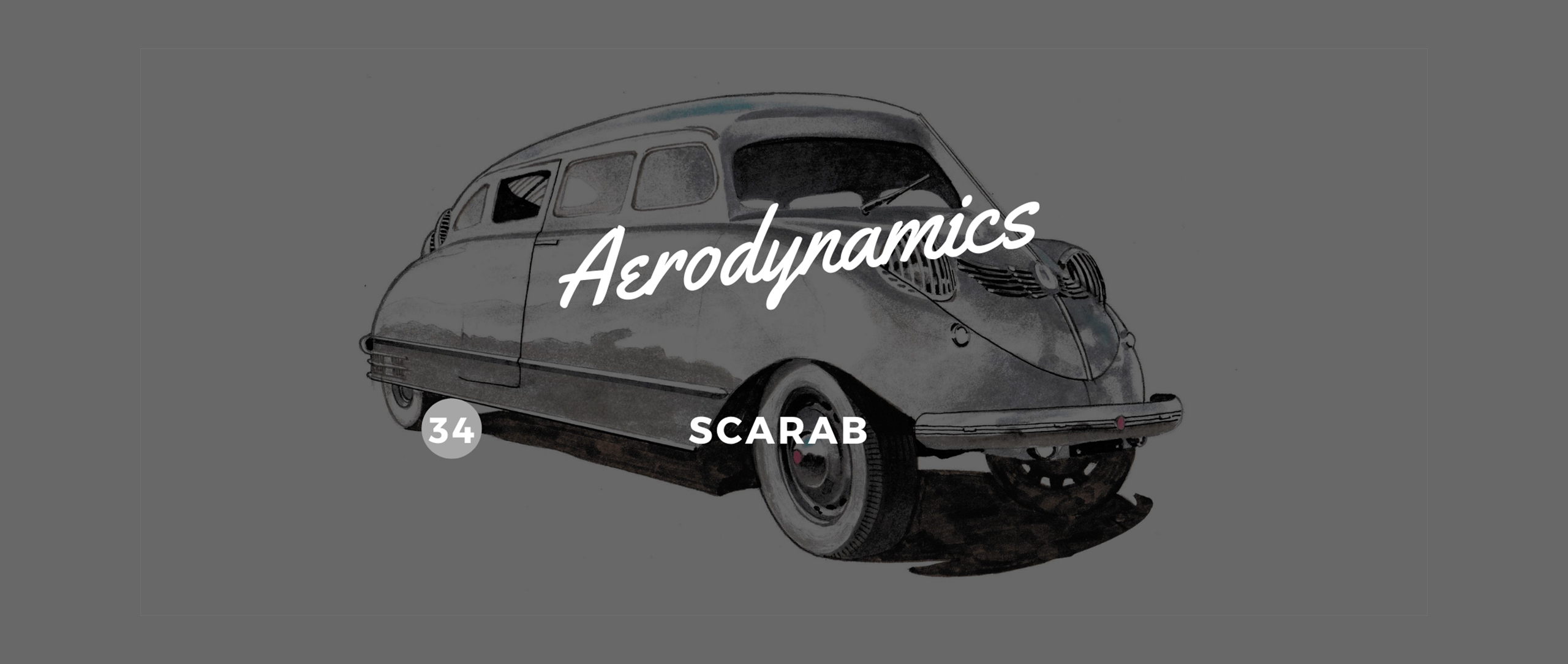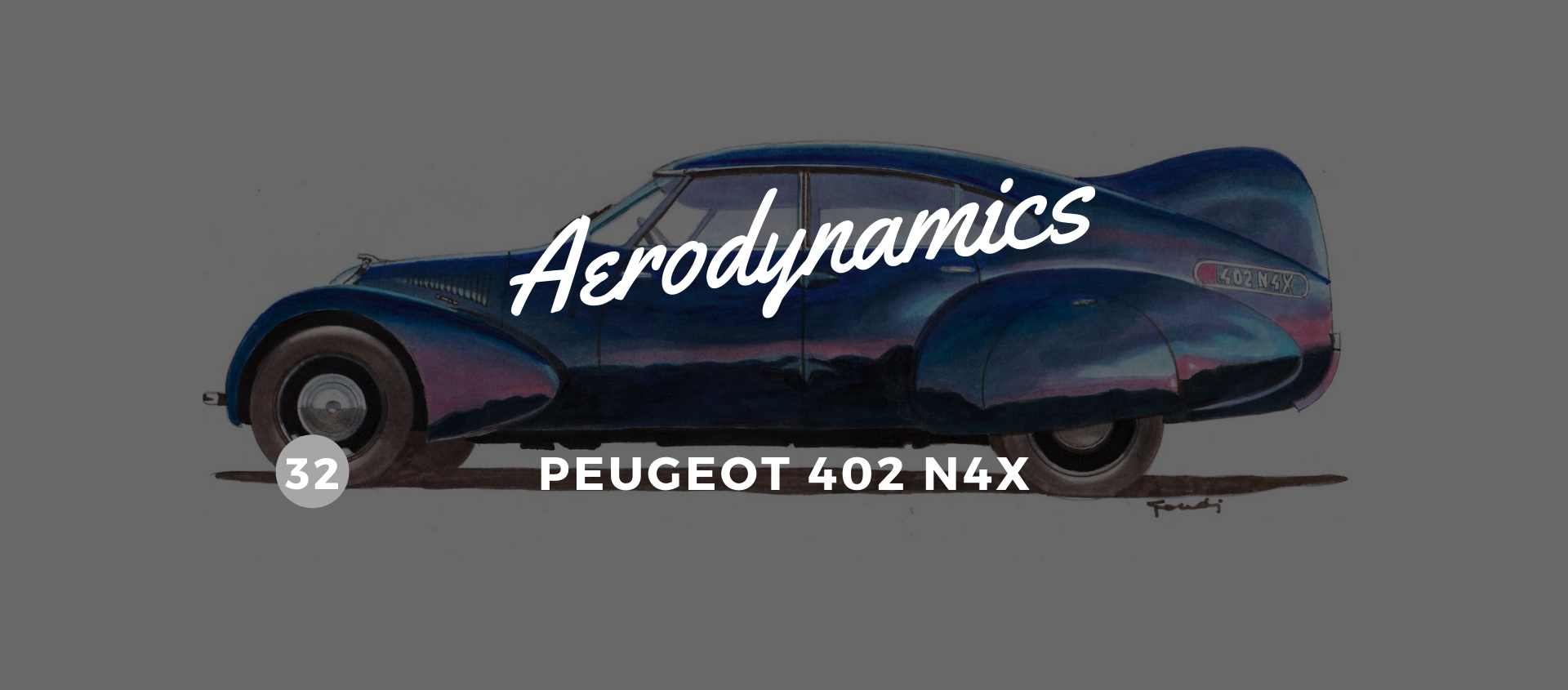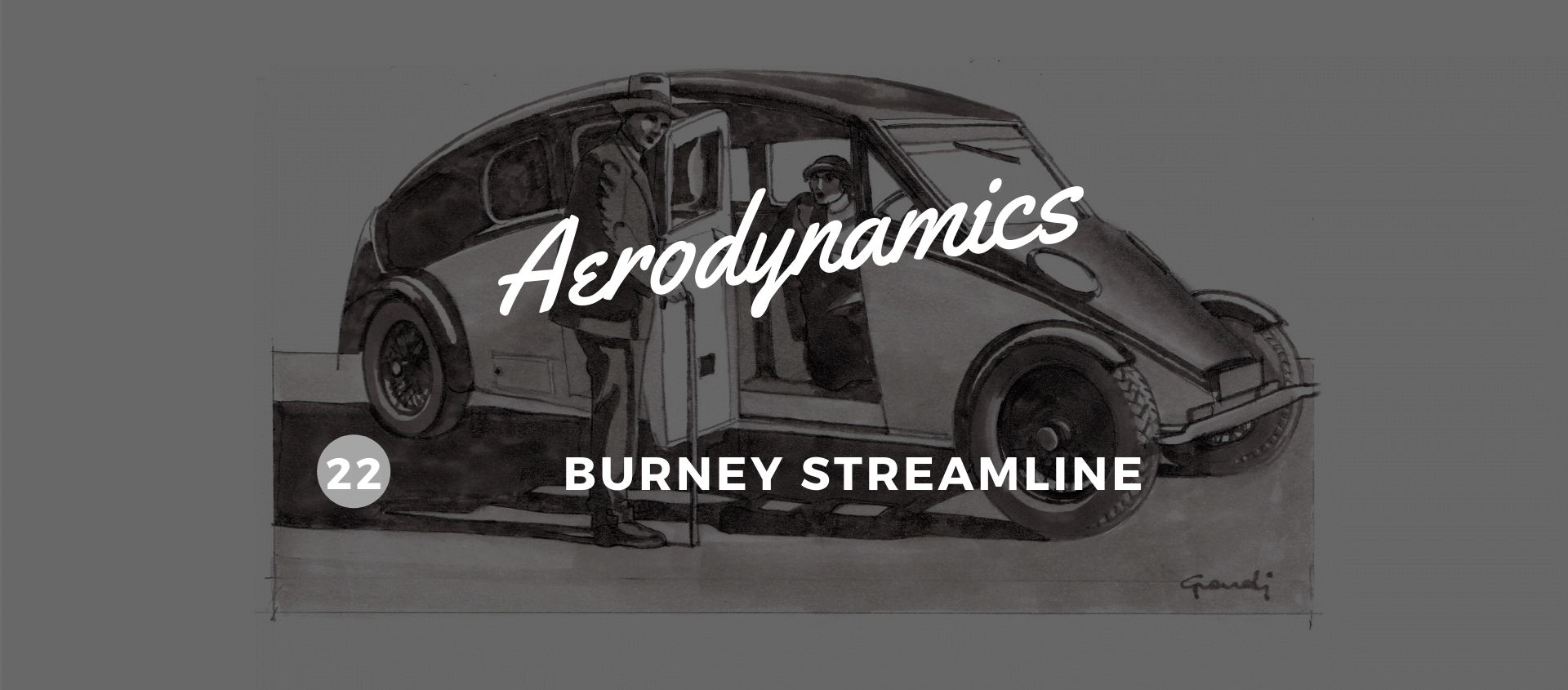"Simplify and Lighten"
28 September 2020 1 min read 5 images

In 1924, he got America’s first airliner, the Stout Ford Tri-Motor, off the ground. He was also the genius behind spectacularly innovative trains like the Railplane railroad car in 1933 and the legendary Union Pacific Speedster M 1000 in 1934.
Register to unlock this article
Signing up is free and gives you access to hundreds of articles and additional benefits. See what’s included in your free membership. See what's included in your free membership.
Already have an account? Log In


